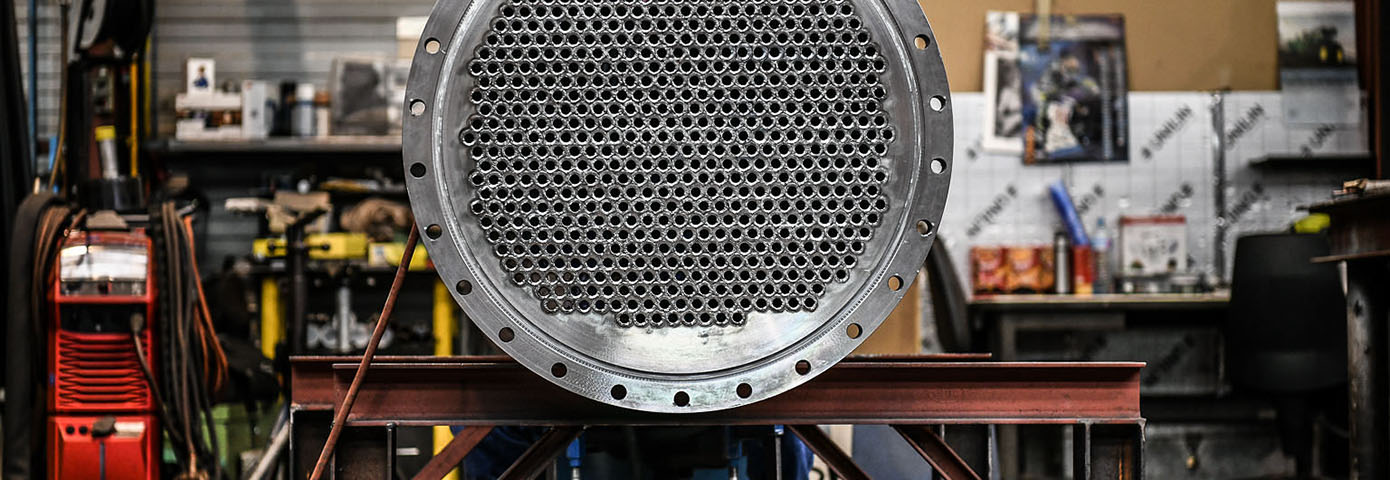How do you extend the life of a heat exchanger?



Heat exchangers are made of robust materials, have no moving parts and operate at different pressures and temperatures.
If a heat exchanger is used properly, there is no reason why it could not keep running for many years. To help extend the operational life of a heat exchanger, there are several steps to take.
Ensure correct design data
To choose the right heat exchanger, it is best to provide the most accurate data possible. This not only ensures that your heat exchanger is thermally efficient, but also that it can operate for a long time.
If flow velocities are too high, erosion can be a problem. If the pressure is too high, leaks can occur. If there are unusual chemicals in the fluids (such as acids in cooling water), there may be consequences.
Installation and commissioning
When installing the heat exchanger, the correct fittings and pipes should be used.
For heat exchangers on applications that use polluted, shallow or brackish seawater as coolant and have copper alloy tubes, it is recommended to first run the heat exchanger in clean seawater for several weeks. This creates a protective layer over the tube material that helps protect against corrosion.
Regular maintenance and service
All shell & tube heat exchangers are designed for easy maintenance and service. The end caps can be removed, allowing the internal tube bundle to be removed for cleaning.